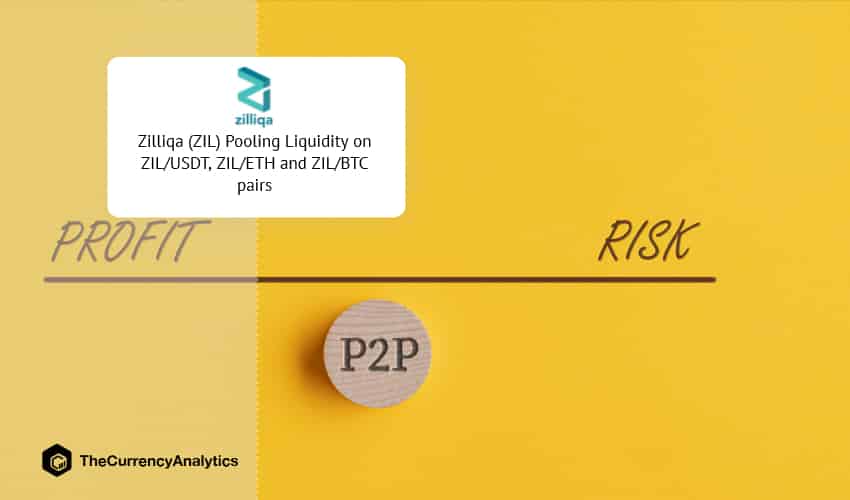
Zilliqa claims to be the pulse of the creator economy facilitating borderless solutions and NFT market places.
Zilliqa expressed: Liquidity Mining Incentives are now LIVE on ZilSwap for Bridged Assets. 45.3m ZIL in incentives will be disbursed over the course of 6 weeks for pooling liquidity on ZIL/USDT, ZIL/ETH and ZIL/BTC pairs
Further, Zilliqa ecosystem has been showing some volume on PIL in the past 24 hours and therefore many were left wondering if the community was taking leverage or Arbitraging.
Community Response: I think ZIL is down the drain slowly getting out of the top 100. You can do it ZIL. Just keep on pushing.
As soon as I finish the pool, I will migrate to big projects, and stop speculating on these kind of weak projects.
Considering it’s a stable coin and it’s at the price it needs to be, I wouldn’t worry, if you look at the chart for this, their is no logic to it, it’s at $1 then for some reason jumps to something like $7 then straight back down.
For clarity, PIL is the stable coin from the Pillar Protocol easy to generate, held in wallets supported by the Zilliqa blockchain. The Pillar Protocol is a dapp on the Zilliqa blockchain. Designed by a disparate group of contributors, including developers within the Pillar Foundation, its outside partners, and other persons and entities, and will be a decentralized finance (DeFi) application.
The Pillar Protocol is managed by people around the world who hold Zilliqa’s governance token, gZIL. Through a system of scientific governance involving Executive Voting and Governance Polling, gZil holders govern the Protocol and the financial risks of Pillar to ensure its stability, transparency, and efficiency. One gZIL token locked in a voting contract equals one vote.
Leverage is the process of using borrowed capital for an investment and expecting the profits made to be greater than the interest payable. It is about using something to maximum advantage.
Arbitraging is the process of simultaneously buying and selling a commodity in two different markets.
Liquidity Mining is the DeFi (decentralized finance) terminology used to refer to participants who supply cryptocurrencies to liquidity pools. They get rewarded with fees and tokens based on their share of the total pool liquidity.
The revenue of the Liquidity pool comes from the transaction fee, which is paid by end-users who make transactions like borrowing, lending, and exchanging coins. These are known as mining rewards and they work out to be the profits for investors who provide for liquidity to the protocol.
Liquidity mining is also known as yield farming. The entire process is about staking your token to the liquidity pool to eventually make some profits from transaction fee, which is considered to be a good way to make some money as opposed to simply holding the crypto as the price goes up and down.
Locking the value in the liquidity pool is a lot like make a fixed deposit and earning an interest on the amount in the real time world.
Get the latest Crypto & Blockchain News in your inbox.